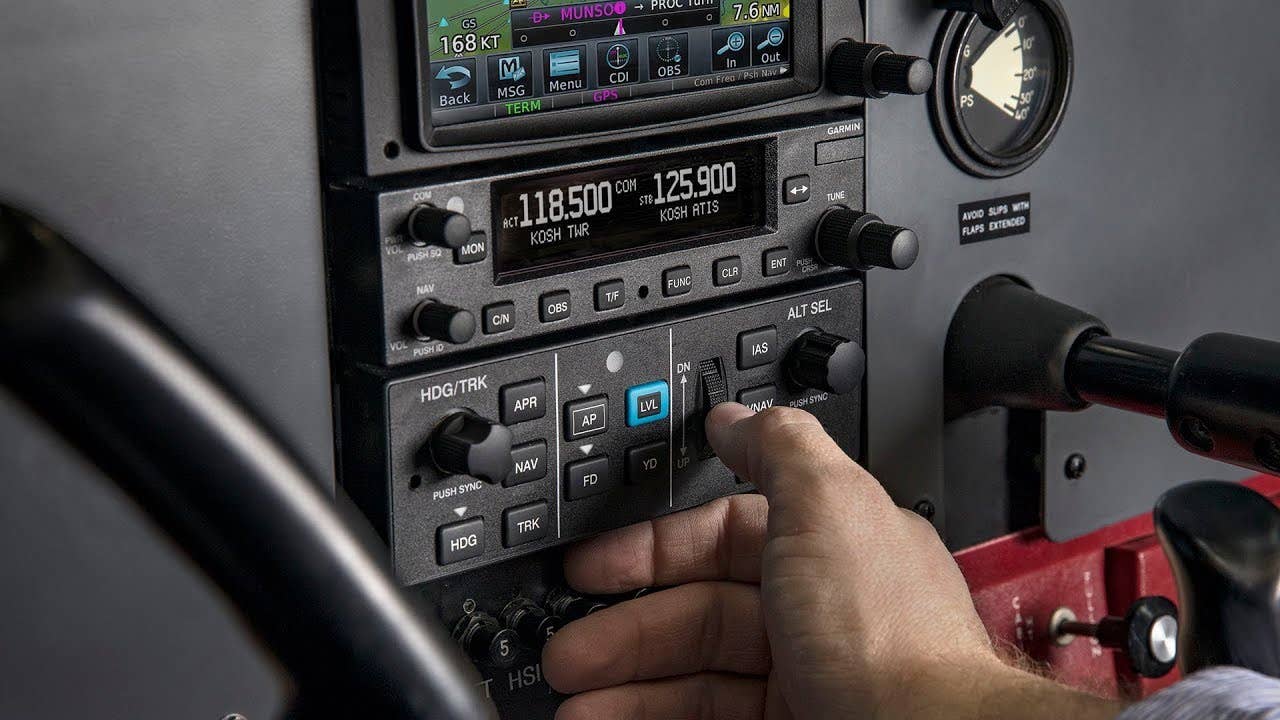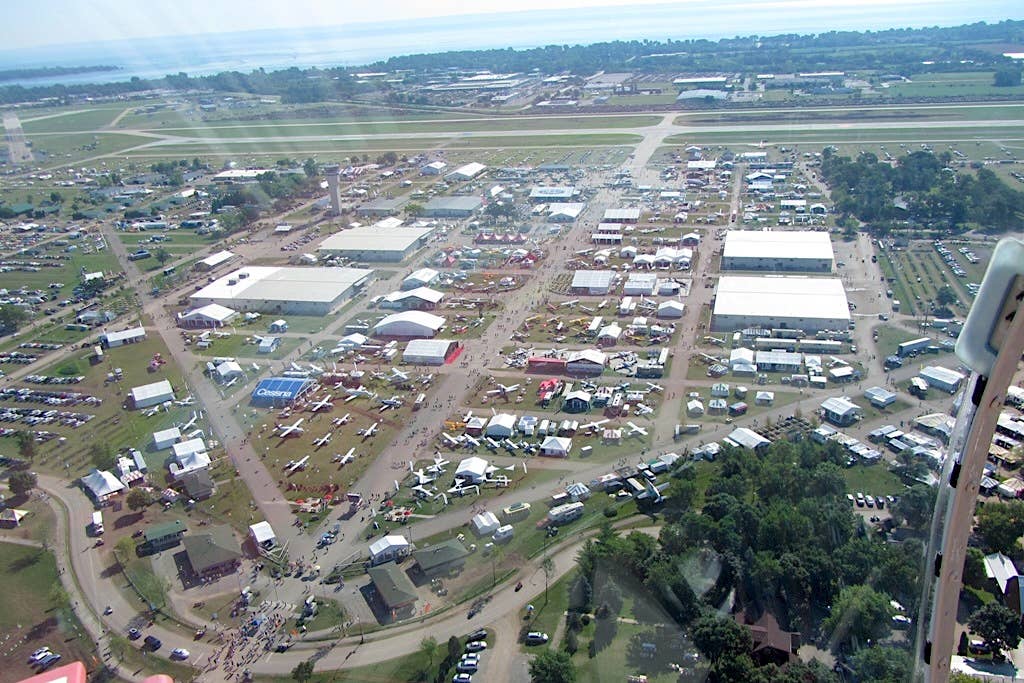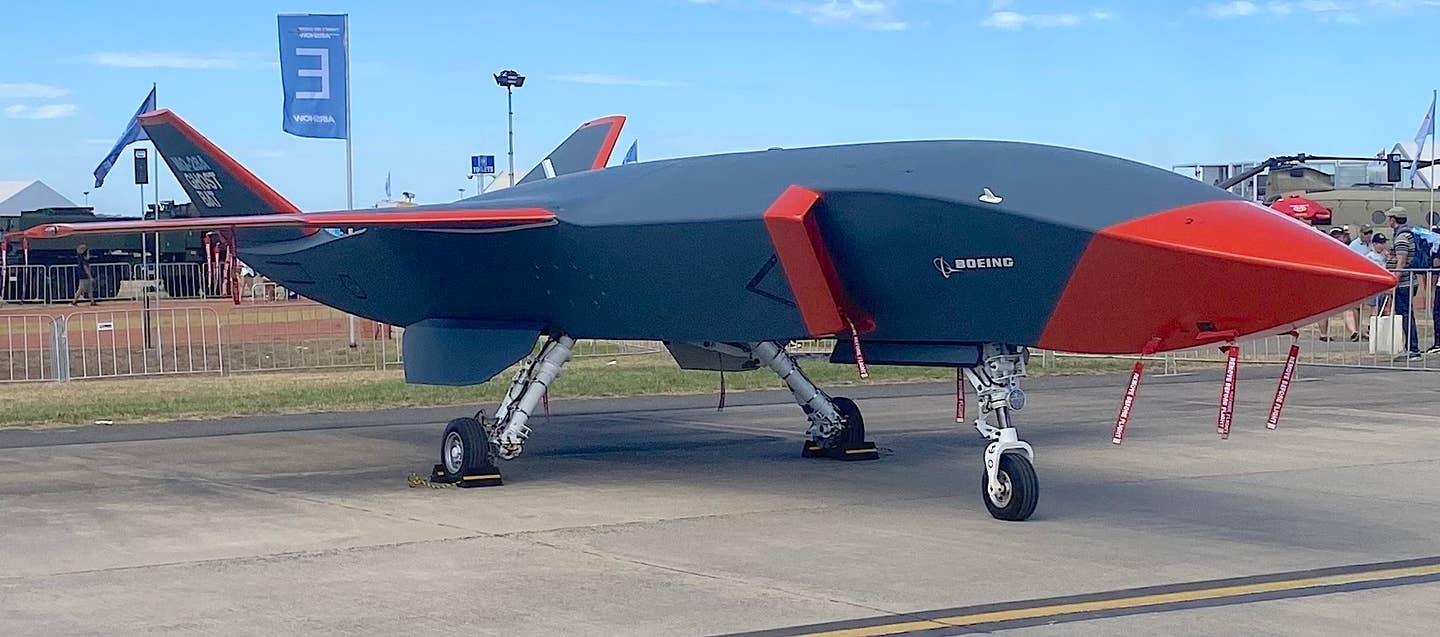AD Mandates Garmin Autopilot Software Fix
On Oct. 6, the FAA proposed a new airworthiness directive requiring operators of thousands of aircraft to update Garmin autopilot software to address a flaw causing the autopilot to make…

On Oct. 6, the FAA proposed a new airworthiness directive requiring operators of thousands of aircraft to update Garmin autopilot software to address a flaw causing the autopilot to make unintended flight-control inputs.
According to the agency, the AD was issued in response to an incident involving an F33A Bonanza experiencing “an un-commanded automatic pitch trim runaway when the autopilot was first engaged.”
The proposed rule states: “The affected autopilot system software does not properly handle certain hardware failures of the pitch trim servo. This could result in an automatic uncommanded pitch trim runaway and loss of control of the airplane.”
The FAA estimates the AD would affect 5,900 aircraft equipped with the autopilot system— including Beechcraft Bonanzas, Commander Aircraft 112s and 114s, Cessna 172s, 182s, 206 and 210s, along with Daher TB20s and TB21s, Mooney’s M20 series and Piper Cherokees. However, the FAA estimates a fix will be relatively cheap for operators at around $85.
The agency is proposing operators complete the installation of the updated Garmin autopilot software within a one-year time frame. The proposed rule will be published on Oct. 10, and the FAA will accept public comment until Nov. 24.
Meanwhile, many of those affected have already resolved the issue since Garmin released the software fix earlier this year. "The updated GFC 500 software for GI 275, G5 and G3X Touch installations allows pitch trim to be enabled as a closing action to Service Alert 22109 and STC Service Bulletin 22110," Garmin said in a statement to AVweb. "The Aviation Service Document Notification describes the software update procedures for impacted owners and operators.






